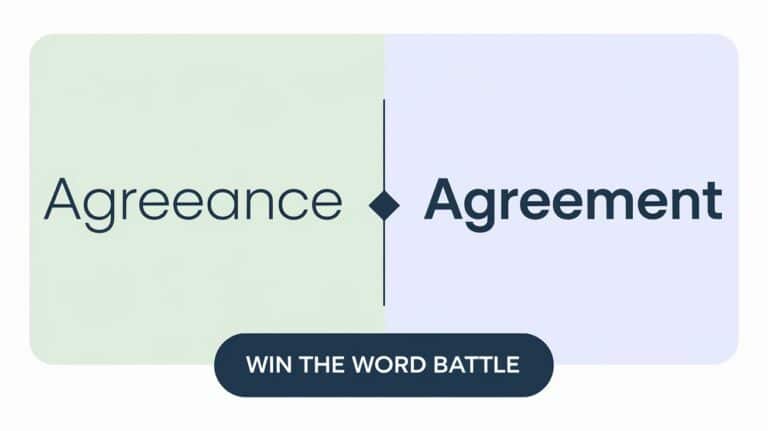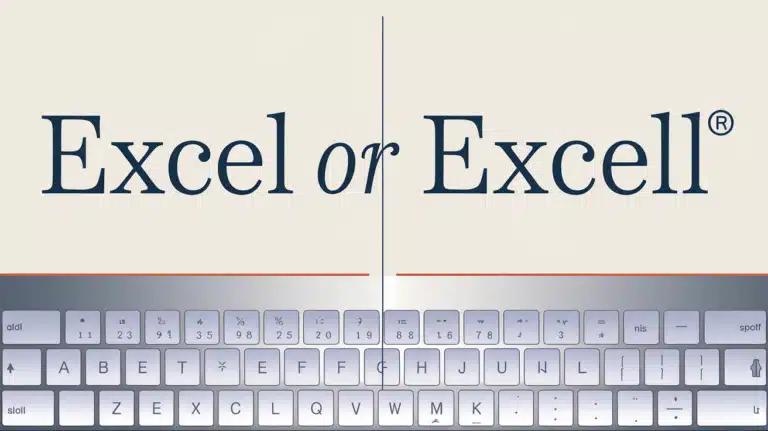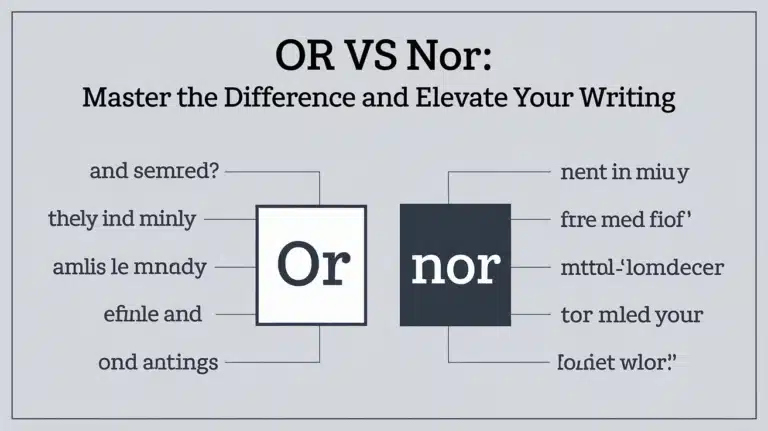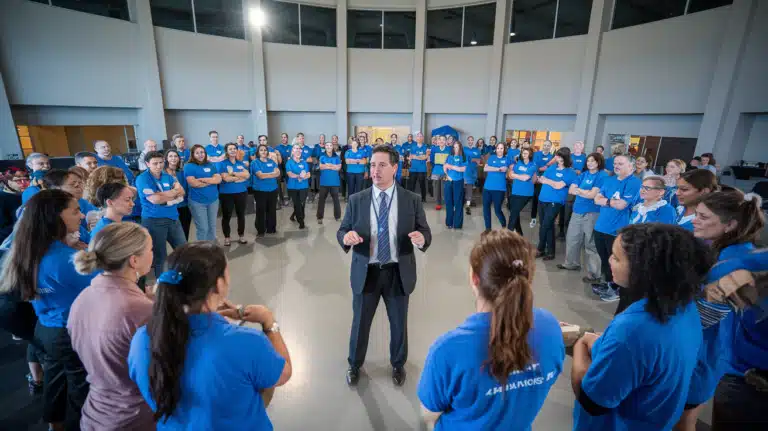Lead or LEED: Understanding the Distinction and When to Use Each
Deciding between “Lead” and “LEED” can be confusing due to their similar pronunciation but entirely different meanings. Both words play significant roles in various industries, from construction to leadership, and understanding their proper usage can enhance communication, particularly in professional contexts. Whether you’re dealing with environmental certifications or discussing leadership qualities, mastering the distinction is essential. This article will explore the origins, uses, and real-world applications of both “Lead” and “LEED” to ensure clarity in your writing and speech.
The Confusion Between Lead and LEED
Mixing up “Lead” and “LEED” is easy because they sound the same, but they serve entirely different purposes. Lead has multiple meanings, from being a verb that implies guidance to being a noun referring to metal or even potential customers. On the other hand, LEED is an acronym for Leadership in Energy and Environmental Design, a green building certification that impacts modern construction practices worldwide.
To avoid misunderstandings, it’s crucial to understand when to use each word and how they apply in various industries. This guide will help you navigate the complexities of these terms and apply them accurately.
Decoding Lead: Multiple Meanings and Uses
Lead is a versatile word with several meanings, depending on the context. Let’s break it down into its different uses:
Lead as a Verb: To Guide or Direct
As a verb, “lead” means to guide or direct a group, individual, or effort. For example, a manager might lead their team in a project, or a teacher might lead a class discussion. Leadership skills are fundamental across industries, making this use of “lead” common in business, education, and personal development.
- Example: “She will lead the marketing campaign to increase brand awareness.”
Lead as a Noun: The Metal Element
As a noun, “lead” refers to the heavy, soft metal element that has various applications. Known for its density, it is widely used in products like batteries, pipes, and weights. However, lead can pose environmental and health risks, which have led to stricter regulations in its use.
Read More About : Vicious vs Viscous: the Art of Word Choice in Writing
- Example: “Lead is often used in the manufacturing of car batteries due to its high energy retention capacity.”
| Properties of Lead | |
|---|---|
| Symbol | Pb |
| Atomic Number | 82 |
| Density | 11.34 g/cm³ |
| Common Uses | Batteries, pipes, radiation shielding |
Lead in Idiomatic Expressions
“Lead” appears in many idiomatic expressions that convey leadership or initiative. Phrases like “take the lead” or “lead by example” emphasize responsibility and guidance.
- Example: “She always takes the lead in difficult situations, guiding her team to success.”
Pronunciation Variations
One of the challenges with “lead” is its dual pronunciation. When used as a noun (the metal), it’s pronounced “led,” while as a verb (to guide), it’s pronounced “leed.” These subtle distinctions can create confusion, but the context usually clarifies the intended meaning.
LEED: Green Building Revolution
LEED is an acronym for Leadership in Energy and Environmental Design, and it represents one of the most widely recognized certifications in sustainable architecture. Developed by the U.S. Green Building Council (USGBC), LEED certification is awarded to buildings that meet specific criteria for eco-friendly practices, from energy efficiency to water conservation.
LEED’s Role in Sustainable Architecture
LEED certification promotes sustainable architecture by encouraging the use of environmentally responsible building materials and methods. Buildings that are LEED-certified are designed to minimize their impact on the environment, both during construction and throughout their operational life.
- Example: “The new corporate headquarters earned LEED certification for its innovative use of renewable energy sources.”
LEED Certification Levels
LEED offers different certification levels based on how well a building adheres to the sustainability standards. These include Certified, Silver, Gold, and Platinum levels, with Platinum being the highest achievement. Each level reflects the degree to which a building incorporates sustainable practices like using recycled materials, optimizing energy efficiency, and enhancing indoor environmental quality.
| LEED Certification Levels | Point Range |
|---|---|
| Certified | 40-49 points |
| Silver | 50-59 points |
| Gold | 60-79 points |
| Platinum | 80+ points |
Global Impact on Construction Practices
Since its inception in 1998, LEED has had a profound impact on construction practices worldwide, promoting green buildings that are better for the planet and healthier for occupants. LEED certification is now a global standard, with projects in more than 165 countries.
Etymology and Evolution
Understanding the history behind “Lead” and “LEED” can further clarify their distinctions.
Origins of “Lead”
The word “lead” derives from Old English and Germanic roots. Historically, the verb form meant “to guide, direct, or show the way.” Over centuries, it evolved into the multifaceted word we use today, encompassing both leadership and the metal.
Birth of LEED
LEED was created by the U.S. Green Building Council in response to growing environmental awareness in the late 20th century. Its mission is to promote eco-friendly construction by providing a clear framework for designing buildings that conserve resources and protect ecosystems.
When to Use “Lead”
The word “lead” has a broad range of applications, depending on the context. Here’s how to determine when to use it:
In Writing and Speech
- Verb forms: Use “lead” when referring to guiding others or taking initiative.
- Example: “He will lead the new product development team.”
- Noun forms: Use “lead” when discussing the metal or sales opportunities.
- Example: “The company generates new leads through digital marketing.”
Industry-Specific Uses
- Business and management: Leadership roles often involve taking the lead in decision-making and team direction.
- Sales and marketing: “Leads” refer to potential customers or prospects who have shown interest in a product or service.
- Music and performing arts: In these industries, the “lead” often refers to a prominent performer or actor.
- Example: “The actor was cast as the lead in the new Broadway show.”
When to Use “LEED”
“LEED” is primarily used in the context of construction, architecture, and sustainability. Here’s when it’s appropriate:
In Construction and Real Estate
“LEED” is used when discussing buildings that meet green building standards. LEED-certified buildings are designed to conserve energy and water, utilize sustainable materials, and promote a healthy indoor environment.
Environmental Policy Discussions
LEED often arises in conversations about environmental responsibility and sustainable urban planning. Governments and organizations worldwide use LEED certification to establish benchmarks for eco-friendly development.
Urban Planning and Development Contexts
City planners increasingly incorporate LEED principles in their designs, prioritizing smart growth and energy efficiency. LEED-certified urban developments often focus on walkability, stormwater management, and reducing reliance on fossil fuels.
Common Misuses and How to Avoid Them
Confusing “Lead” (Verb) with “Led” (Past Tense)
One of the most frequent mistakes is mixing up “lead” and “led.” Remember, “lead” is present tense (to guide), while “led” is past tense (the act of having guided).
- Incorrect: “She lead the team to victory.”
- Correct: “She led the team to victory.”
Mistaking LEED for a General Term
“LEED” is a specific certification program, not a general term for eco-friendly buildings. Avoid using it to describe non-certified structures.
Real-World Examples and Case Studies
“Lead” in Action
In business, leaders take charge of projects and guide their teams toward achieving goals. In science, lead (the metal) plays a crucial role in various industries, despite its environmental risks.
LEED Success Stories
Several landmark buildings have achieved LEED certification, becoming icons of sustainable architecture. Notable examples include the Empire State Building, which underwent renovations to meet LEED standards, and One Bryant Park, one of the most sustainable skyscrapers in the world.
The Future of Lead and LEED
Evolving Usage of “Lead” in Digital Age Communication
As more businesses shift online, the term “lead” is increasingly used in digital marketing to refer to potential customers.
LEED’s Adaptation to Global Sustainability Challenges
With climate change posing new challenges, LEED continues to evolve, incorporating cutting-edge technologies and strategies like building energy management systems and passive solar heating and cooling.
Practical Tips for Proper Usage
Contextual Clues
Pay attention to the context in which “lead” or “LEED” appears. If it refers to guidance or a soft metal, it’s “lead.” If it pertains to green building, it’s “LEED.”
Proofreading Strategies
Always review your work to catch potential mix-ups between these terms. Use spell-check tools to flag incorrect uses of “lead” and “led.”
Conclusion: Mastering the Distinction
By understanding the differences between “Lead” and “LEED,” you can communicate more clearly and effectively. Whether discussing leadership, construction, or sustainability, using the correct term ensures that your message is precise and professional.
Quiz: Test your knowledge on “Lead” vs “LEED”! Can you identify the







